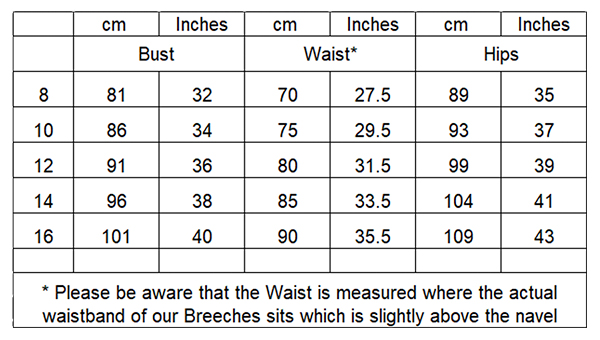Enter at A... then what?! Top tips for top marks

Okay, so you have learned the correct test, your section is running on time and you're warm-up went well thanks to Apt Cavalier's "Perfect your warm-up" blog, but what are the judges REALLY looking for between the whiteboards?
We spoke to one of our highly regarded judges up here in Scotland and asked: "what are your five most important aspects of a Grassroots dressage test?". Here are the results...
1. First impressions count
Start as you mean to go on with a confident, straight centre line. If there is a halt at the start of your test it needs to be balanced and square followed by the horse moving off smoothly on command. Halt means halt by the way, not just a fleeting pause! Remember to stay straight all the way; often horses drift right before turning left at C (or vice versa) which is such a pity - that wobble can be costly!

2. Know where you're going
It's easy to lose silly marks by turning the wrong way at C when the nerves kick in. Equally starting a movement too early or too late, throwing in an egg-shaped circle or two or going across the long diagonal rather than the short diagonal can throw away valuable marks. Know your test inside out, to the point that you're very confident of the next move, this will avoid the "what next" panic.
3. But it's not just what you do . . . it's how you do it
Dressage is more than just doing the movements at the markers. It's making sure you're straight on straight lines. It's showing your horse is supple enough to bend evenly around your inside leg on turns and circles (but not too much head and neck bend please, and definitely no looking out!). It's your horse accepting the contact evenly into both reins. It's showing balanced and forwards transitions up - and down. It's using the corners (yes, every corner) to set up the next movement so the test flows.

4. You've got the rhythm
And do all of that in a clear, regular rhythm. A top tip is to plan your movements carefully* because something as simple as a turn that's too sharp for example can be enough to disrupt the rhythm and lose precious marks.
*Sarah's tip - I always draw out each movement individually on a piece of paper and write notes to go with it. For example, "inside leg, outside hand around the corner, look where you are going, half halt here, etc."
5. Smile, breathe and relax
Every judge wants to see a happy partnership, relaxed, working together and enjoying themselves, and this is reflected in the submission marks in the collectives. So smile, breathe, relax and have fun!
So there we have it, now we know what a judge is looking for and can get practising before we get out eventing again.
I hope you enjoyed this blog and found it useful.
Sarah x


